Balancing Openness and Privacy
One of the primary considerations when designing an office layout for productivity is finding the right balance between open workspaces and private areas. Striking this balance is essential because different tasks and individuals require varying levels of privacy and collaboration.
Open Workspaces:
Open layouts, often characterized by rows of desks without partitions, promote communication and collaboration. They encourage the free flow of ideas and facilitate quick interactions among team members. However, it’s important to be mindful of potential distractions in open spaces and provide designated quiet areas for focused work.
Private Offices or Cubicles:
Private offices or cubicles offer individual employees a dedicated, enclosed workspace that minimizes distractions. While they may reduce visual and auditory interruptions, they can sometimes hinder communication. To maintain a balance, consider providing options for collaborative areas within private office configurations.
Collaboration Zones:
Incorporate collaborative spaces into your office layout, such as meeting rooms, breakout areas, and huddle rooms. These zones provide employees with spaces for group discussions, brainstorming sessions, and project collaborations while maintaining a level of privacy.
Maximizing Natural Light
Natural light has a profound impact on employee well-being and productivity. A well-lit workspace can reduce eye strain, improve mood, and boost energy levels. When designing your office layout, consider the following strategies to maximize natural light:
Open Floor Plans:
Use open floor plans that allow natural light to penetrate deeper into the workspace. Position workstations and desks closer to windows to ensure that as many employees as possible benefit from natural light.
Glass Partitions:
Where privacy is needed, use glass partitions or walls. These translucent barriers maintain a sense of openness while still allowing light to flow through, creating a visually connected workspace.
Avoid Overhead Partitions:
Minimize the use of tall overhead partitions that can block light. Low-level dividers or benching systems can provide a sense of separation without sacrificing light.
Light-Reflecting Surfaces:
Use light-reflecting materials for furniture and finishes. Light-colored walls, floors, and furniture can help bounce natural light throughout the office, reducing the need for artificial lighting.
Ergonomics and Comfort
Employees spend a significant portion of their day at their desks, so it’s crucial to prioritize comfort and ergonomics when planning your office layout. Uncomfortable workstations can lead to physical discomfort, reduced productivity, and health issues. Consider the following ergonomic principles:
Adjustable Furniture:
Invest in adjustable desks and chairs that allow employees to customize their workspace to their individual needs. This flexibility promotes proper posture and reduces the risk of musculoskeletal problems.
Monitor Placement:
Ensure that computer monitors are at eye level and positioned at an appropriate distance to prevent neck and eye strain. Adjustable monitor arms can help achieve the ideal setup.
Keyboard and Mouse:
Provide ergonomic keyboards and mice that support a natural hand and wrist position. Ergonomic accessories can reduce the risk of repetitive strain injuries.
Sit-Stand Desks:
Offer sit-stand desks that enable employees to switch between sitting and standing throughout the day. Alternating between these positions can improve circulation and reduce fatigue.
Comfortable Seating:
Choose office chairs with lumbar support, cushioned seats, and breathable materials. Comfortable seating can reduce distractions and discomfort, allowing employees to focus on their tasks.
Encouraging Collaboration and Communication
Collaboration is a cornerstone of productivity in the modern workplace. An office layout that encourages interaction and communication can foster creativity and innovation. To promote collaboration:
Open Common Areas:
Design open, inviting common areas with comfortable seating, whiteboards, and access to technology. These spaces can serve as impromptu meeting areas and encourage spontaneous discussions.
Meeting Rooms:
Provide a variety of meeting room sizes to accommodate different group sizes and meeting types. Equip these rooms with audiovisual equipment and interactive whiteboards for efficient collaboration.
Flexible Furniture:
Use modular and flexible furniture that can be easily rearranged to accommodate different group sizes and activities. This adaptability ensures that the workspace can evolve as needs change.
Digital Collaboration Tools:
Implement digital collaboration tools and software that facilitate communication and file sharing among team members, regardless of their physical location.
Minimizing Distractions
While collaboration is essential, it’s equally important to create a workspace that minimizes distractions when employees need to focus on individual tasks. Here are some strategies to achieve this balance:
Quiet Zones:
Designate quiet zones or individual workstations where employees can go when they need silence and concentration. These areas should be free from distractions and noise.
Noise-Canceling Features:
Consider incorporating noise-canceling technologies, acoustic panels, or white noise machines to mitigate distractions and create a more peaceful work environment.
Flexible Work Hours:
Implement flexible work hours to allow employees to choose times when the office is quieter and less crowded if they require focused work time.
Remote Work Options:
Allow employees the flexibility to work remotely when their tasks do not require physical presence in the office. Remote work can be particularly beneficial for tasks that require deep concentration.
Designing for Growth and Flexibility
As your company grows and evolves, your office layout should be adaptable to changing needs. Avoid overly rigid designs and consider the following principles:
Modular Furniture:
Invest in modular furniture that can be easily reconfigured to accommodate changes in team size or structure. Modular workstations, movable partitions, and flexible seating arrangements can adapt to evolving needs.
Scalability:
Plan for growth by allowing for additional workstations, meeting rooms, and collaborative spaces in your office layout. An adaptable design can save costs and minimize disruptions when expansion is necessary.
Technology Integration:
Ensure that your office layout accommodates the latest technology trends. Easy access to power outlets, data ports, and cable management solutions will support changing technology needs.
Conclusion
Designing the optimal office layout for productivity is a multifaceted endeavor that requires careful consideration of factors such as openness, privacy, natural light, ergonomics, and flexibility. A well-designed workspace can enhance employee satisfaction, creativity, and overall well-being, leading to increased productivity and success for your organization.
By creating an office environment that strikes the right balance between collaboration and individual focus, maximizes the use of natural light, and prioritizes employee comfort and well-being, you can set the stage for a thriving, productive, and innovative workplace that benefits both your employees and your bottom line.










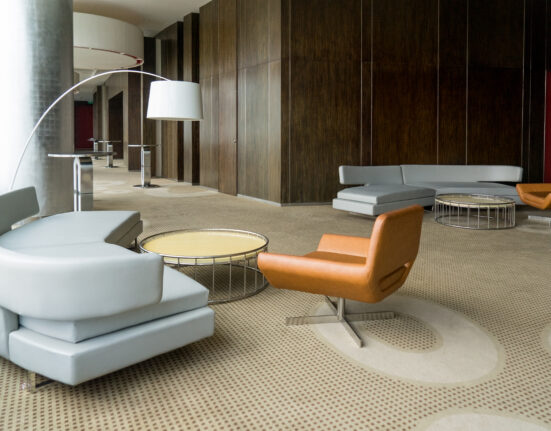
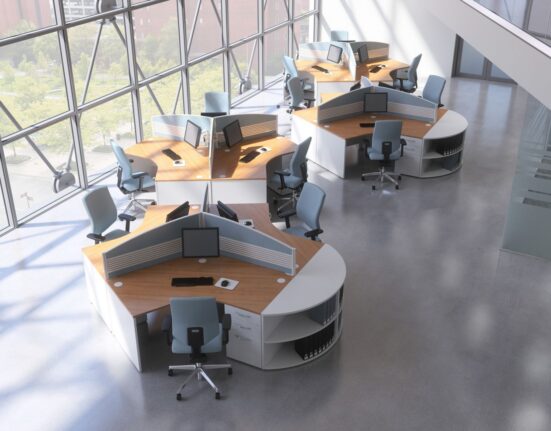
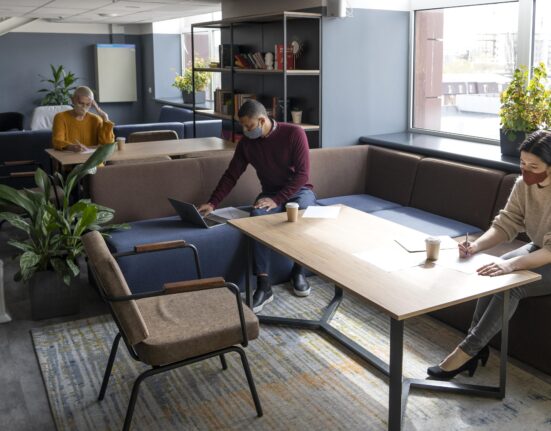
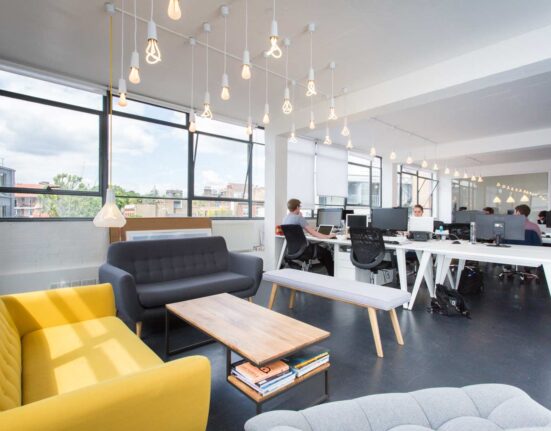
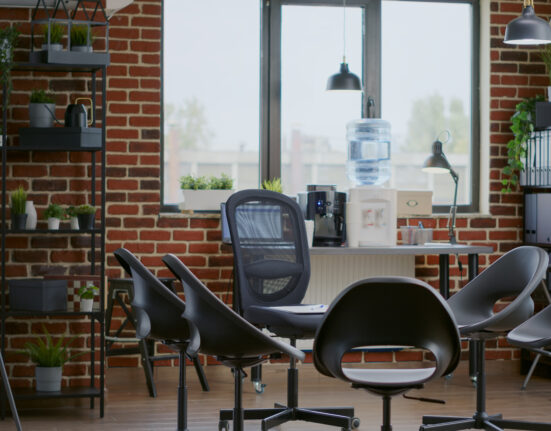
Leave feedback about this